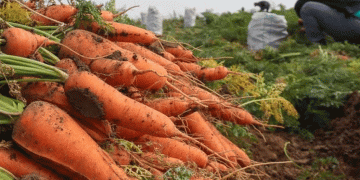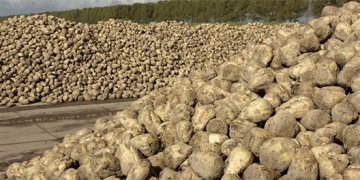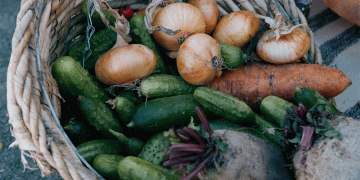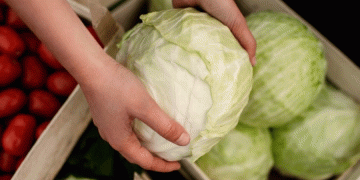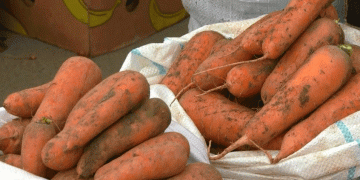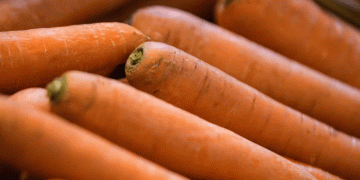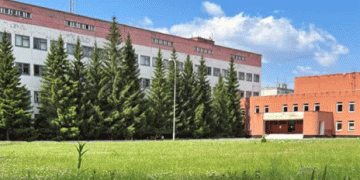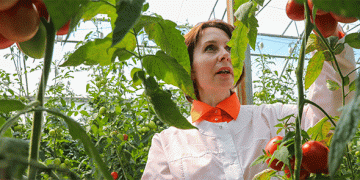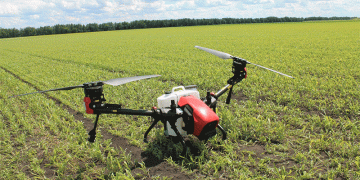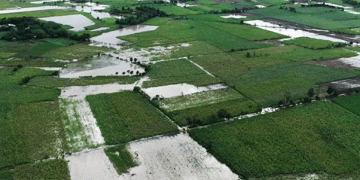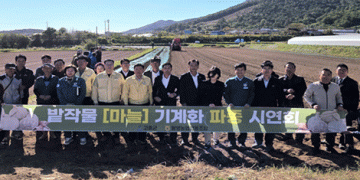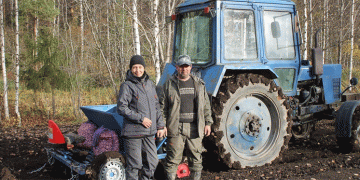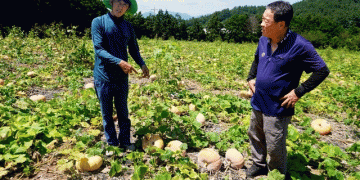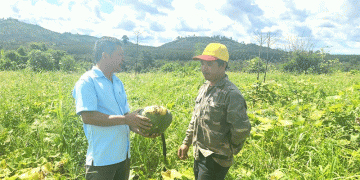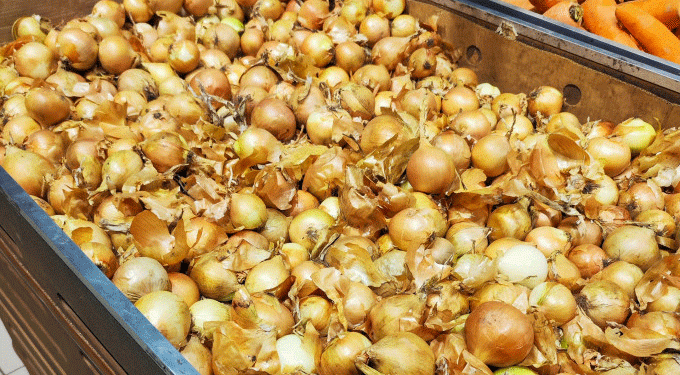According to Sverdlovskstat, onion prices in the region surged by 18.3% in just one week, reaching 68.5 RUB/kg, while beets increased by 13.2%, hitting 73.4 RUB/kg. Other vegetables like cabbage (+8.6%, 76.4 RUB/kg), carrots (+7.6%, 62.8 RUB/kg), and potatoes (+6%, 82.6 RUB/kg) also saw notable price hikes.
In contrast, cucumbers dropped by 7.4% (to 175.9 RUB/kg), tomatoes fell by 3.8% (to 166 RUB/kg), and eggs declined by 2% (to 97.4 RUB/kg). These fluctuations highlight the volatility in regional agricultural markets, influenced by factors such as seasonal supply shifts, storage conditions, and transportation costs.
Broader Agricultural Price Trends
Earlier reports by UralPolitRu noted that coffee and cheese saw the highest price increases in March, alongside rising fish product costs. Such trends suggest broader inflationary pressures affecting both staple and high-value agricultural goods.
Globally, climate disruptions, geopolitical tensions, and supply chain bottlenecks continue to impact food prices. For instance, the FAO Food Price Index (2024) indicates that vegetable prices remain volatile due to extreme weather events and fluctuating input costs (fertilizers, fuel).
Strategic Insights for Agribusinesses
Farmers and agronomists should monitor local and global price signals to optimize planting cycles and storage strategies. Diversifying crops, investing in resilient varieties, and improving post-harvest logistics can mitigate risks from sudden price swings. For policymakers and agricultural engineers, enhancing regional food security through infrastructure and market stabilization measures is crucial.
















